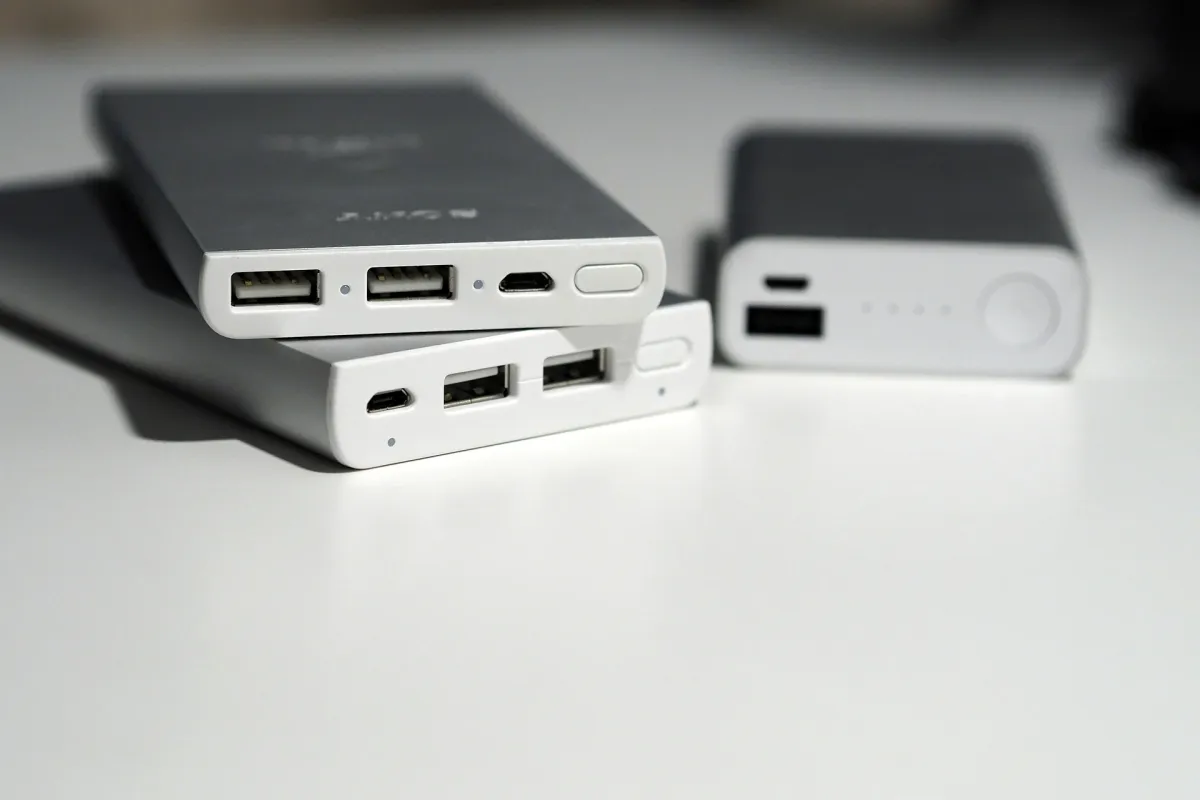Powerbanks: The Fundamental Components
Powerbanks are portable devices that allow users to charge their electronic devices while on the go. These handy gadgets typically contain several components that work together to store and release electrical energy. In this article, we will explore the components in powerbanks and how they work.

Powerbanks are portable devices that allow users to charge their electronic devices while on the go. These handy gadgets typically contain several components that work together to store and release electrical energy. In this article, we will explore the components in powerbanks and how they work.
Battery Cells
The most critical component in a powerbank is the battery cell. The battery cell is what stores the electrical energy that is used to charge your device. Powerbanks usually contain several battery cells, which are connected in a series or parallel arrangement to provide the necessary voltage and capacity.
Battery Management System
The battery management system (BMS) is responsible for controlling the charging and discharging of the battery cells. It regulates the voltage and current to prevent overcharging, overheating, and over-discharging, which can damage the battery cells or cause a safety hazard. The BMS also monitors the battery cells' health and provides feedback on their performance.
Charging Circuitry
The charging circuitry in a powerbank is responsible for converting the electrical energy from an external source, such as a USB port or wall charger, into a suitable voltage and current to charge the battery cells. The charging circuitry also communicates with the BMS to ensure that the battery cells are charged safely and efficiently.
Output Circuitry
The output circuitry in a powerbank is responsible for converting the electrical energy stored in the battery cells into a suitable voltage and current to charge your device. The output circuitry also communicates with the BMS to ensure that the output voltage and current are within safe limits to prevent damage to your device.
LED Indicators
LED indicators are common in powerbanks and provide information on the powerbank's charging status and remaining battery life. They typically indicate the powerbank's charging status when charging and the remaining battery life when discharging.
Conclusion
Powerbanks contain several components that work together to store and release electrical energy safely and efficiently. Battery cells, the battery management system, charging circuitry, output circuitry, and LED indicators are all essential components in a powerbank. Understanding these components can help users make informed decisions when selecting a powerbank that meets their needs.